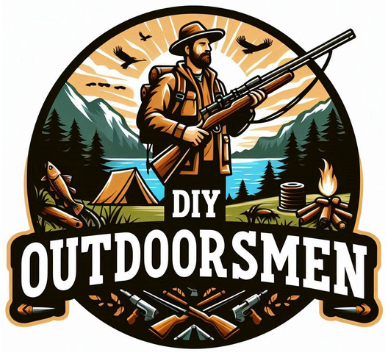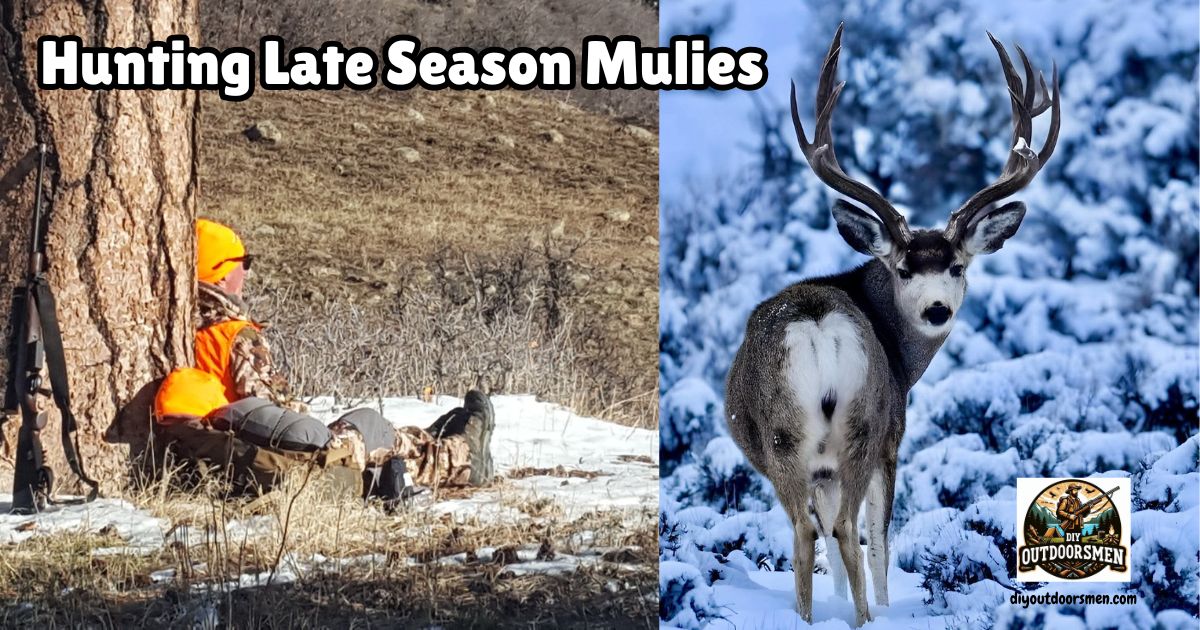Contents
- 1 Understanding Late Season Mule Deer Behavior
- 2 Finding Food and Cover: The Keys to Mule Deer Location
- 3 Mastering Optics to Spot Late-Season Bucks
- 4 Adapting Hunting Tactics
- 5 Staying Prepared for the Harsh Late Season
- 6 Late-Season Hunting Strategies in Detail
- 7 Key Gear for Late Season Mule Deer Hunting
- 8 Advanced Techniques to Boost Late-Season Success
- 9 Common Questions About Late Season Mule Deer Hunting
- 10 Putting It All Together: My Approach to Late Season Success
Mule deer hunting in the late season is a unique adventure that rewards anyone willing to adapt to winter’s challenges. I’ve braved freezing mornings, watched as migration routes changed overnight, and felt the pressure of bucks that have seen hunters for months.
QUICK LOOK: Tips for Hunting Late-Season Mule Deer
- Find the Does: Bucks shadow the does, whether they’re recovering from the rut or checking for late-cycle females. I make sure to glass carefully around big groups of does in draws or wide-open sage, as a wise old buck is sure to be trailing close by.
- Avoid Pressure: Easy country near roads gets hammered by hunters. I push deeper, heading into tough, rugged land that most hunters steer clear of. Going farther or dropping into steep spots often puts me in sight of bucks that remain undisturbed.
- Still-Hunting and Ambush: Working slowly through bedding areas in the timber, or staking out a reliable evening food source, can offer a big advantage, especially on cloudy or windy days.
- Rotate Through Trusted Spots: Bucks circle back to their favorite covers after a day or two, even when pushed. By cycling through my best spots and giving them a day’s rest between hunts, I keep chances alive without pressuring deer out entirely.
- Go Lower as Needed: Heavy snow in the high peaks sends deer lower. I check brushy foothills, creek bottoms, and protected benches, where bucks hang out before joining the main herds.
- Bedding and Feeding Close Together: Wintering deer don’t move much—sometimes bedding and feeding within 200 yards. South-facing draws with ample brush and nearby sage are magnets for late-season bucks.
- Watch Public and Private Boundaries: Deer will slip onto private fields to feed where there’s little to no hunting, but bed down on public ground. I’ve had great luck focusing on these boundaries at first and last light.
- Use Natural Barriers: The toughest country—deep canyons, rimrock ridges—holds big bucks away from the pressure. Anyone willing to push farther will find deer that others leave behind.
- Time Hunts With Weather Changes: A new snow lays down a roadmap of fresh tracks, making it easy to pick up where bucks moved overnight. Right after a storm, I check new areas for signs and can often find deer that didn’t show up the day before.
- Anticipate Movement Based on Wind and Sun: Deer avoid windswept ridges in nasty weather and instead seek out sunny, protected slopes. I plan my glassing and movement to match these preferences, boosting the odds of spotting relaxed deer.
Each late-season hunt makes it clear: knowing how mule deer adjust as winter gets tougher boosts my chances. By zeroing in on food, cover, having good optics, and being ready for harsh conditions, I set the stage for a more reliable hunt—even when deer seem most skittish.
Understanding Late Season Mule Deer Behavior
Late-season mule deer act differently than they do in early fall. After the rut wraps up in November and December, the bucks stop chasing does and put all their energy into finding easy meals and conserving strength. The cold makes them search for the safest resting spots and feeds them into lower elevations as snow piles up.
Big snows force them to gather around open food sources, keeping both bucks and does closer to areas with brush, crops, or exposed forage. I’m always watching for mule deer to switch up their behavior as winter deepens. Larger groups, especially does and fawns, band together for safety.
The biggest bucks usually hang back, keeping a little distance from these herds but still close enough to check on them. After many seasons, I can spot them bedding on south-facing slopes where the sun hits, or tucked into thick brush and timber for warmth. Edges with melting snow catch their attention for both easy meals and safety.
Finding Food and Cover: The Keys to Mule Deer Location
Once deep snow covers the high country, food becomes the main focus for mule deer. My best tip: track down places packed with surviving browse, like sagebrush, bitterbrush, or any leftover ag fields. Mule deer will stick to these food sources until they’re picked clean or buried again under snow.
- Tracking Down Lower Elevations: In the late season, I run into more deer below 9,000 feet—often much lower if a big storm rolls in. Transition zones, foothills, and broad valleys pull in deer from the summer highs.
- South-Facing Slopes: Sun-facing slopes melt off first, exposing bare patches. That’s where I look for feeding deer. Mule deer stick to these warm, safe slopes, especially when winter winds start howling.
- Transition and Migration Paths: Deer often use the same travel corridors year after year. The best bucks shelter just above the main winter group, waiting until forced down. The ridges and fingers above the big winter herds are prime for late-migrating bucks.
Mastering Optics to Spot Late-Season Bucks
Late-season hunts demand a sharp eye; it’s all about spotting deer before they spot you. My binoculars and spotting scope are at the center of every outing. On any ridge, I’ll spend hours scanning hillsides and brush, often looking for a twitching ear or the tip of an antler poking out.
- Glassing from Vantage Points: Getting atop a ridge lets me see for miles. Deer keep to cover and don’t roam far during daylight, so I work every shadow and edge slowly, knowing even a bit of movement may tip me off to a hidden buck.
- Glassing All Day: While dawn and dusk are when deer move the most, cold weather pushes them to feed even at midday on sunny slopes. I stay on my glass for the late morning and afternoon, instead of heading back to camp too early.
- Steady Optics: Mounting my binoculars or scope on a tripod cuts down on shaky hands and lets me pick up subtle movements. Patience and a thorough scan make a huge difference, especially when the cold slows down everything.
Adapting Hunting Tactics
Late-season hunts mean adjusting my strategy to how deer act. Bucks won’t go far from hiding spots, and with big herds, there are dozens of eyes looking for danger. I stick to slow movements and keep alert, knowing one quick step could spook them all.
- Find the Does: Bucks shadow the does, whether they’re recovering from the rut or checking for late-cycle females. I make sure to glass carefully around big groups of does in draws or wide-open sage, as a wise old buck is sure to be trailing close by.
- Avoid Pressure: Easy country near roads gets hammered by hunters. I push deeper, heading into tough, rugged land that most hunters steer clear of. Going farther or dropping into steep spots often puts me in sight of bucks that remain undisturbed.
- Still-Hunting and Ambush: Working slowly through bedding areas in the timber, or staking out a reliable evening food source, can offer a big advantage, especially on cloudy or windy days.
- Rotate Through Trusted Spots: Bucks circle back to their favorite covers after a day or two, even when pushed. By cycling through my best spots and giving them a day’s rest between hunts, I keep chances alive without pressuring deer out entirely.
Staying Prepared for the Harsh Late Season
The late season brings biting wind, plunging temps, and sudden snow. These can turn hopes of a great hunt into a survival situation if you’re not prepared. I always double-check my gear and plans, so I’m never caught off guard.
- Weather Watch: Forecasts change fast. A fresh snowstorm can shift deer locations overnight, creating brand new hunting opportunities—if I’m paying attention.
- Planning and Mapping: I lean on digital maps to mark glassing points, access routes, and backup spots. When my top choice is full or blown out, having other mapped options means I stay hunting instead of searching in the dark.
- Layered Clothes and Footwear: Good base layers, warm mids, and a windproof, waterproof shell are critical. Dry, warm boots keep me patient and focused, not shivering. A small shelter or tarp in my pack gives peace of mind if the weather turns nasty while I’m far from the truck.
Late-Season Hunting Strategies in Detail
- Go Lower as Needed: Heavy snow in the high peaks sends deer lower. I check brushy foothills, creek bottoms, and protected benches, where bucks hang out before joining the main herds.
- Bedding and Feeding Close Together: Wintering deer don’t move much—sometimes bedding and feeding within 200 yards. South-facing draws with ample brush and nearby sage are magnets for late-season bucks.
- Watch Public and Private Boundaries: Deer will slip onto private fields to feed where there’s little to no hunting, but bed down on public ground. I’ve had great luck focusing on these boundaries at first and last light.
Key Gear for Late Season Mule Deer Hunting
- Warm Layered Clothing: Layer up with moisture-wicking bases, cozy midlayers, and a tough shell to block wind and keep dry. Extra gloves and hats never go unused.
- Quality Optics: Binoculars with 10x or higher magnification, a solid tripod, and a spotting scope keep long glassing sessions productive (and let me save energy and time chasing deer that aren’t shooters).
- Reliable Pack and Shelter: My go-to pack has room for food, a warm jacket, navigation devices, and an emergency tarp or shelter. Being prepared makes a huge difference if the hunt runs long or the weather goes sideways.
Advanced Techniques to Boost Late-Season Success
Late-season pressure and wary deer require better tactics. Here are more tricks I count on:
- Use Natural Barriers: The toughest country—deep canyons, rimrock ridges—holds big bucks away from the pressure. Anyone willing to push farther will find deer that others leave behind.
- Time Hunts With Weather Changes: A new snow lays down a roadmap of fresh tracks, making it easy to pick up where bucks moved overnight. Right after a storm, I check new areas for signs and can often find deer that didn’t show up the day before.
- Anticipate Movement Based on Wind and Sun: Deer avoid windswept ridges in nasty weather and instead seek out sunny, protected slopes. I plan my glassing and movement to match these preferences, boosting the odds of spotting relaxed deer.
Common Questions About Late Season Mule Deer Hunting
What time of day is best for late-season mule deer hunting?
Early morning and late afternoons are best. Still, I’ve watched deer feed at midday on bright, cold days, especially when the mercury plunges and the sun offers a bit of relief.
How can I spot deer in heavy cover?
I focus on catching small clues: a flash of white, a single twitching ear, or the shape of an antler. Glassing from different angles and using high-quality optics are crucial to picking out hidden deer in thick brush or timber stands.
What is the biggest challenge in late-season hunting?
The harsh weather and careful deer make it tough. Keeping warm, moving quietly, and spending extra hours behind the glass all play into beating the odds this time of year.
Putting It All Together: My Approach to Late Season Success
My top priorities late in the season are tracking down reliable food sources, learning where bedding slopes are, and staying patient during glassing. My gear stays ready, and I always keep my expectations realistic. Patience and adaptability are my foundation, and learning from mistakes fuels improvement every season.
Late-season mule deer are a hard-won prize, but the memories and lessons gained are worth every frosty morning and long glassing session. With practical tactics, some solid preparation, and perseverance, anyone can find more consistency—and maybe even a next-level cool buck—when winter hunting rolls in. Every hunt has something new to offer, keeping me coming back year after year.
Most Recent Articles:
- Late Season Mule Deer Hunting Tips
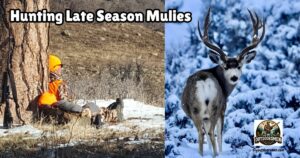
- 8 Tips for Dealing with Hunting Pressure While Mule Deer Hunting
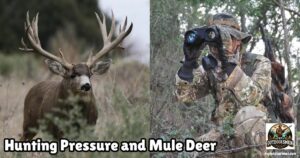
- TideWe Portable Hunting Blinds
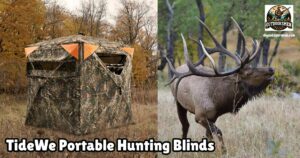
- 14 Tips And Tactics For Public Land Mule Deer Hunting
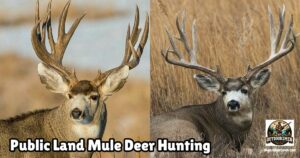
- 6 Features of Waterproof Ground Blinds For Wet-condition Elk Hunting
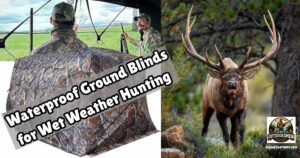
- 4 of the Best DIY Elk Hunting Areas In Colorado
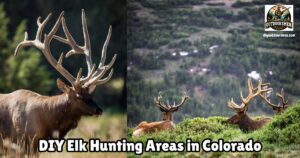
As always, stay safe, enjoy the journey, and please try to leave it cleaner than you found it. If you have any comments, questions, ideas, or suggestions, please leave them in the comment section below, and I’ll get back to you ASAP. You can follow us on YouTube: Man Art Creations for videos of our DIY Adventures.
P.S. Thanks so much for checking out our blog; we really appreciate it. Just so you know, we may receive a commission if you click on some of the links that appear on our site. This helps us keep our content free and up-to-date for everyone. We appreciate your support!
